You know what I love?
I love to see the wind blowing through the trees.
I love to feel soft grass under my feet.
I love to breathe the fresh air.
I love to hear the birds chirping and the insects chattering.
You know what I don’t love?
Cutting the grass. Every. Week.
Pulling weeds.
Keeping plants trimmed.
Edging the lawn.
I could go on. But you probably get it. And you probably agree.
There are certain things about our landscapes that we love. And there are certain things about our landscapes that we hate.
Usually we love the sensory experiences of our space.
But we don’t love the usual work that is required to maintain our outdoor spaces.
Even if you don’t hate to do the work, you often don’t have the time to do it. That’s the kicker.
Luckily, we can design our landscapes to do most of the work for us. Some steps to a self-sustaining landscape require extensive change. Others only require simple changes in practice.
Here are some easy hacks to make your landscape easier to maintain.
The Lawn – Cut Higher
We are used to mowing our grass like it’s a putting green.
Problems with a short lawn:
- Frequent cutting
- More disease prone
- More drought prone
- Less moisture retention
- More susceptible to wear
- Less competitive to weeds
Most mowers can cut as high as four inches. This will make significant improvements in the health of your lawn. Most people prefer the nice even look of a freshly cut lawn. Once you adjust height, your grass will still have this freshly cut look.
We actually cut our lawn at about 5 inches. Our front lawn – while it still has some weeds – has much fewer dandelions after increasing cut height.
Advantages with a taller lawn:
- Less frequent mowing
- Moisture retention
- Deeper roots = healthier grass
- Weed suppression
- Happier grass
The Garden – Mulch Heavier
Weeds germinate and thrive when they have exposed soil, disturbed soil, and access to light and moisture. Heavy mulch eliminates these advantages for weeds.
Here are some general tips:
- A heavy mulch layer is a layer greater than four inches deep.
- Anywhere you don’t have plants, it’s a good idea to mulch.
- Mulching in the fall provides a blanket of warmth for your garden bed throughout the colder months.
- Use mulch that does not contain dyes and preservatives. Many bagged mulches are simply ground up pallets that leach unhealthy compounds into the soil. Go for natural bulk mulches for best results.
- Place down a weed barrier below the mulch layer if you are certain you don’t want any plants growing in the area for long term. Ensure the barrier is water permeable and durable.
- The greater area with plant coverage, the healthier your soil and landscape.
Potting – Self Watering Containers
Self-watering containers are just super cool. Alright, here’s a confession: not only do I hate having to be tied to a routine chore, but I am ridiculously forgetful. I just forget about stuff.
So self-watering containers are one less thing to worry about, remember, forget, get nagged about.
They use simple hydraulics with a filled reservoir to slowly release the reservoir of water into the planted area. Some work by wicking, others with a double-layered pot with water below.
Most big box stores carry some really nice options. There are also containers available online, or DIY options if you’re into that thing as well.
So set it and forget it (at least for a while).
Borders – Quality Edging
This is one piece I have yet to do on our own property. Quality edging goes a long way in not only looking great, but preventing transition areas from creeping and requiring maintenance.
When I say quality edging, there are many options but the basic premise is something that is durable and will not become weed prone.
Here are a few examples, although there are many options:
- Stone or concrete block edging. The key here is to make sure there is a good base underneath the edging of a weed barrier and a gravel underlayment for weed prevention, drainage, and to prevent heaving of the barrier
- Durable plastic edging. There is cheap vinyl edging that will fall apart quickly, and there is quality edging that will last for years. Look for UV stabilized edging that is deep, where the bottom edge is buried several inches below the surface to prevent root creep.
- Metal edging. More durable, more expensive, may be prone to corrosion. Make sure it is compatible with your soil type.
- Wood. Same principles apply. Make sure it goes deep enough or has a good underlayment. Will degrade over time.
Everywhere – Compost!
Compost is a great addition to any disturbed soil. Unfortunately, nearly all landscape today are disturbed soils, where there is minimal organic matter in the soil. This makes landscapes ripe for weed and plant disease problems, as plants are stressed and starved for nutrients.
Compost is a super-dose of organic matter and its accompanying soil life. Soil life is incredibly important to preventing erosion and providing nutrients to plants.
‘Nuff said.
Everywhere – Full Coverage
This may sound like it’s not worth mentioning, but I think it’s important. Basically, if you don’t fill in a space, nature will find a way to do the job for you. And it may not be the way you like.
The more of you landscape you have planned with healthy low maintenance plants, the less susceptible it is to stress, erosion, and work.
Here are your coverage options:
- Hardscape. Not exactly a landscape, but an outdoor space.
- Mulched areas. Could be wood or leaf mulch. Could be stonescape.
- Lawn. Could be a trimmed lawn or a no-mow style lawn of fine fescues. Check out Is your Yard on Crack to learn how to make it healthier.
- Meadow or prairie style plantings. Check out Bring back that Wild Space for suggestions.
- Planting beds. Check out the Twice a Year Garden for easy ideas.
In Summary:
Lawn – cut higher
Garden – mulch heavier
Pots – self watering containers
Borders – quality edging
Everywhere – compost
Everywhere – full coverage
Ok, if you still want more info, I’ve got something for you too.
I’ve written a quick guide on how to get back 27 hours from your yard this year! Get it below!
Now get out there and make a positive change in your life through your landscape!
I want to know how it’s going with your yard! Comment below with your successes! Your struggles!
Get your free copy of How to save 27 hours on yard work!
Photo Credits: Flickr Patrick Standish




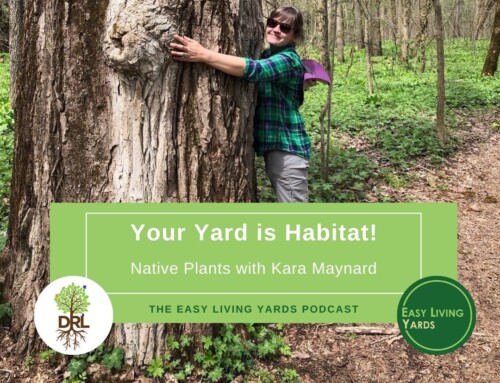
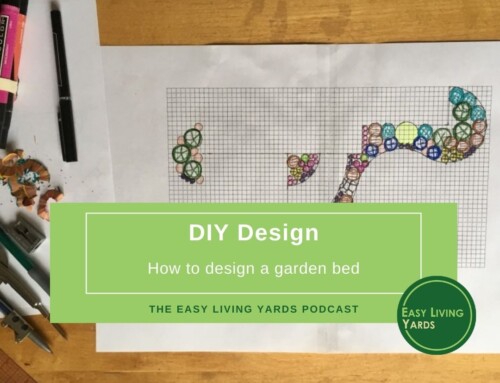
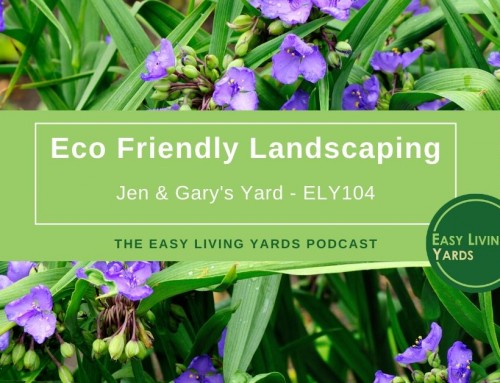
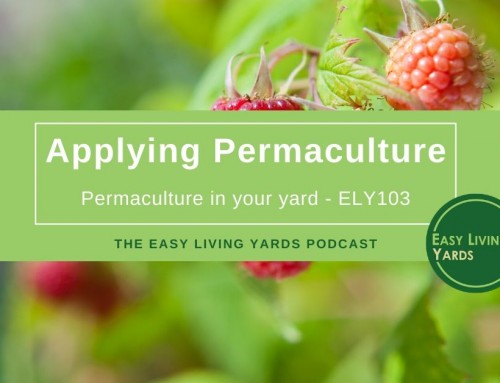

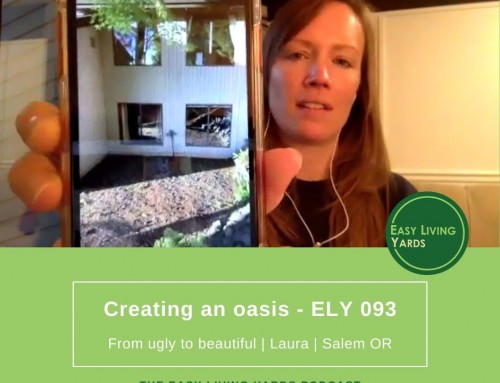


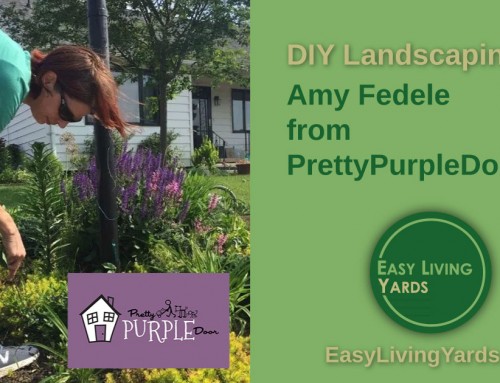
Leave A Comment